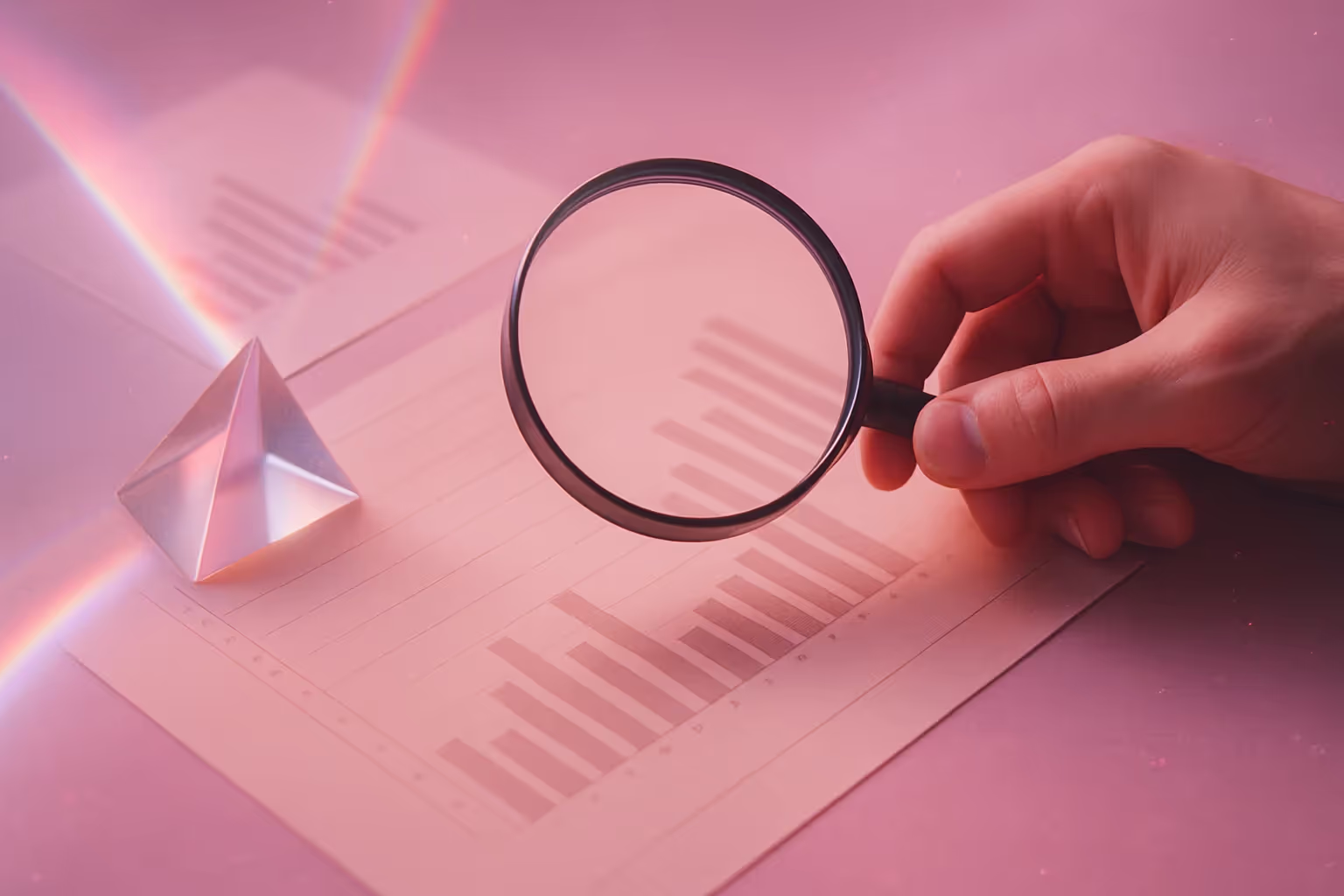Okay, real talk - I used to think "advanced" meant complicated, but here's what I've learned about spread techniques: the most powerful insights come from understanding your body's unique responses, not following some textbook formula. 😏 And tbh, once you master these nuanced approaches, you'll wonder why nobody talks about this stuff more openly.
Let's dive into what actually works when you're looking for those pin-point insights that can transform your intimate experiences. Because honestly? Your pleasure deserves this level of attention and care.
Understanding Your Body's Communication System
Here's the thing about advanced spread techniques - they're not really about fancy positions or complicated maneuvers. They're about reading your body's signals like you're fluent in its language.
Your body is constantly giving you feedback through sensation, tension, and response patterns. I've found that the most effective approach is treating these techniques like a conversation rather than a performance. When you're tuned into these subtle communications, you can adjust pressure, angle, and timing in real-time.
Dr. Emily Nagoski, a leading sex educator, explains that "arousal is not a light switch - it's more like a complex ecosystem with multiple pathways and responses." This insight completely changed how I approach intimate exploration.
Mapping Your Unique Response Patterns
Every person's body responds differently to various types of stimulation. What feels amazing for your partner might not work for you, and that's totally normal. The key is developing your own personal roadmap.
Start with light, exploratory touch to identify areas of heightened sensitivity. These zones often shift based on arousal level, time of day, and even hormonal cycles. I learned this the hard way - what worked last week might feel completely different today, and that's not a bug, it's a feature.
Pay attention to involuntary responses: muscle tension, breathing changes, skin temperature variations. These are your body's way of saying "more of this" or "try something different."
The Science Behind Precision Techniques
Research from the Kinsey Institute shows that targeted stimulation activating multiple nerve pathways simultaneously can increase pleasure intensity by up to 40%. Wild, right? But here's what that actually means in practical terms.
Your nervous system processes different types of touch through various pathways. Light touch travels through different nerves than deep pressure. Temperature sensations follow their own routes. When you combine these strategically, you're essentially creating a symphony instead of playing single notes.
Pressure Variation Mastery
This is where things get really interesting. Advanced spread techniques rely heavily on understanding pressure dynamics - not just how much pressure, but how you transition between different intensities.
Think of it like this: if consistent pressure is a steady drumbeat, then pressure variation is jazz. You're improvising based on the response you're getting. Light teasing touch followed by firmer pressure, then back to barely-there contact. The contrast is what creates those pin-point insights.
I used to rush through this part, but slowing down and really paying attention to how different pressures affect arousal patterns? Game changer. Your body will literally guide you if you're listening.
Advanced Positioning for Maximum Sensitivity
Positioning isn't just about comfort (though that's important too). It's about creating optimal angles for nerve stimulation and blood flow. Small adjustments can make huge differences in sensation quality.
The key principle here is elevation and angle variation. Slight changes in hip positioning can redirect pressure to different nerve clusters. Pillow placement isn't just about comfort - it's a precision tool for targeting specific areas.
The 15-Degree Rule
Here's something I discovered through experimentation: small angle adjustments of about 15 degrees can completely change which nerve pathways get activated. It sounds technical, but in practice, it's just about micro-adjustments based on what feels best.
Try this approach: establish a baseline position that feels good, then make tiny adjustments - lifting hips slightly, changing leg positioning, adjusting torso angle. Notice how each small change affects sensation intensity and quality.
Timing and Rhythm Sophistication
Advanced practitioners understand that timing isn't just about speed - it's about creating anticipation and building arousal in waves rather than straight lines.
Ngl, this took me forever to figure out. I thought faster automatically meant better, but that's like saying louder music is always better music. Sometimes the most powerful moments happen in the pauses between actions.
The Plateau Technique
This involves bringing arousal to a high level, then backing off slightly before building again. It's like creating multiple peaks instead of rushing toward one big climax. The result? More intense sensations and often multiple peaks of pleasure.
Research by Dr. Barry Komisaruk found that this approach can extend pleasure duration by 200-300%. But beyond the numbers, it just feels incredible when you get the timing right.
Environmental Factors That Amplify Results
Your environment plays a bigger role than most people realize. Temperature, lighting, sound - they all affect how your nervous system processes pleasure signals.
Slightly warm rooms (around 75-78°F) help with blood flow and muscle relaxation. Dim lighting encourages the body's natural relaxation response. Even the texture of sheets can enhance or distract from subtle sensations.
The Sensory Layering Approach
This is about creating a full sensory experience that supports your primary focus. Soft music that matches your breathing rhythm. Scents that promote relaxation. Textures that complement rather than compete with touch sensations.
I started paying attention to these details after reading about how professional massage therapists create healing environments. The same principles apply to intimate experiences - your environment should support, not distract from, what you're trying to achieve.
Communication During Advanced Techniques
Real talk: the most advanced technique in the world won't work without clear communication. This means both verbal and non-verbal feedback systems that help you stay connected with your partner's experience.
Develop a simple feedback system - maybe a scale of 1-10 for intensity, or simple words like "more," "less," "different." The goal is maintaining connection without breaking the flow of the experience.
Reading Non-Verbal Cues
Body language often communicates more accurately than words. Muscle tension patterns, breathing rhythms, involuntary movements - these are all valuable data points for refining your approach.
When someone's breathing becomes shallow and rapid, they might be approaching overwhelm. When muscles start trembling slightly, you're probably hitting the right spots. Learning to read these signals takes practice, but it's incredibly valuable.
Troubleshooting Common Challenges
Even with advanced techniques, things don't always go perfectly. That's normal and expected. The key is knowing how to adjust when something isn't working.
If sensitivity seems reduced, try changing your approach entirely rather than just increasing intensity. Sometimes backing off and trying a completely different angle or rhythm is more effective than pushing harder.
When Techniques Stop Working
Bodies change, stress affects responses, hormones fluctuate. What worked amazingly last month might feel completely different today. This isn't failure - it's your body being human.
The solution is flexibility and curiosity rather than frustration. Treat it like a fun exploration rather than a problem to solve. Often, these moments lead to discovering new preferences you didn't know you had.
Frequently Asked Questions
How long does it take to master these techniques?
Honestly? There's no finish line here. I'm still learning new things about my body and my partner's responses. Give yourself at least a few weeks of regular practice to start noticing patterns, but remember that mastery is an ongoing process, not a destination.
What if these techniques feel too intense?
Intensity can be adjusted through pressure, speed, and duration. Start with lighter touch and shorter sessions. You can always build up gradually. Your comfort and enjoyment are the priority, not following any specific technique perfectly.
Can these techniques work for all body types?
Absolutely. These principles adapt to any body type or physical ability. The key is understanding your unique anatomy and responses rather than trying to fit into a one-size-fits-all approach.
How do I know if I'm doing it right?
If it feels good and you're both enjoying the experience, you're doing it right. There's no perfect technique - only what works for you and your partner in this moment.
What if my partner isn't interested in trying advanced techniques?
Communication is key here. Share what you're curious about and why, but respect their boundaries. Sometimes starting with small changes and building gradually works better than introducing everything at once.
Building Your Personal Technique Library
Think of advanced spread techniques as tools in a toolkit rather than rules to follow. The most effective approach is building a personal collection of techniques that work specifically for you and your partner.
Keep mental notes (or actual notes, if that's your thing) about what works in different situations. What feels amazing when you're stressed might be different from what works when you're completely relaxed.
Btw, this isn't about becoming some kind of technique perfectionist. It's about having options and flexibility to create amazing experiences regardless of how you're feeling on any given day.
Final Thoughts
Here's what I want you to remember: advanced spread techniques aren't about complexity - they're about precision, attention, and responsiveness. The most powerful tool you have is curiosity about your own body and your partner's responses.
Start with one or two concepts that intrigue you most. Practice with patience and playfulness. And remember that the goal isn't perfection - it's connection, pleasure, and those amazing moments of discovery that make intimate experiences so special.
Your pleasure matters, your curiosity is valuable, and you deserve experiences that feel absolutely incredible. These techniques are just tools to help you get there. 💕




